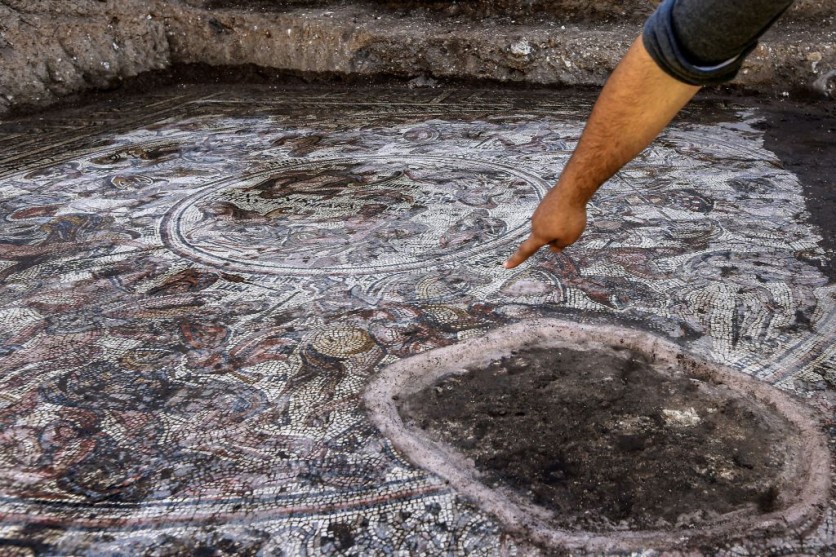The Leicester Cathedral Revealed project's excavations, conducted by the University of Leicester archaeologists, have discovered proof that the Leicester Cathedral site has been employed for worship and religious observance for nearly 1,800 years.
Excavations have revealed the cellar of a Roman building containing an altar stone, which suggests that the room could have been a shrine or cult room.

1,100 Burials
From October 2021 to February 2023, archaeologists and other experts from the University of Leicester Archaeological Services have been conducting excavations on the Old Song School site, located at the east end of Leicester Cathedral.
The area is being turned into a heritage and learning space, with a £4.5 million grant from The National Lottery Heritage Fund.
The excavation revealed over 1,100 burials, dating from the 11th to the mid-19th century, which will be reinterred with care and sensitivity by Leicester Cathedral after the project is completed.
Additionally, there is rare evidence from the Anglo-Saxon period, including a potential building and the first Anglo-Saxon coin found in Leicester in almost 20 years.
During the final stages of the excavation process, archaeologists found a semi-subterranean structure with painted stone walls and a concrete floor, indicating it may have been used as a reception room.
The space measured approximately 4 meters by 4 meters and was likely part of a larger building, though this cannot be confirmed.
The sunken room was constructed in the 2nd century AD and was intentionally dismantled and filled in during the late 3rd or 4th century. In the rubble of the space, archaeologists also found the base of an altar stone made of local sandstone, measuring 25cm by 15cm with decorative moldings on three sides.
Based on the combination of the subterranean structure and the altar, archaeologists speculated that the room was possibly used for private worship, either as a family shrine or a cult room.
Underground Chambers for Worshipping
"Underground chambers like this have often been linked with fertility and mystery cults and the worship of gods such as Mithras, Cybele, Bacchus, Dionysius and the Egyptian goddess Isis. Sadly, no evidence of an inscription survived on our altar, but it would have been the primary site for sacrifice and offerings to the gods, and a key part of their religious ceremonies," Mathew Morris, Project Officer at ULAS, said in a statement.
According to Morris, the discovery of a Roman altar at Leicester Cathedral is a significant find for the project. This is the first time an altar of this kind has ever been found in Leicester.
The Leicester Cathedral site has a long history, and there has been a tradition for centuries that a Roman temple once existed on the site of the present Cathedral.
This belief became widely accepted in the late 19th century when a Roman building was discovered during the reconstruction of the church tower.
Morris notes that the origins of this story have always been unclear, but given the recent findings of a potential Roman shrine, it raises the question of whether the memory of this site being special in the Roman period has survived to the present day.
Related Article : Archaeologists Find Early Traces of Brain Surgery During Late Bronze Age

ⓒ 2025 TECHTIMES.com All rights reserved. Do not reproduce without permission.




